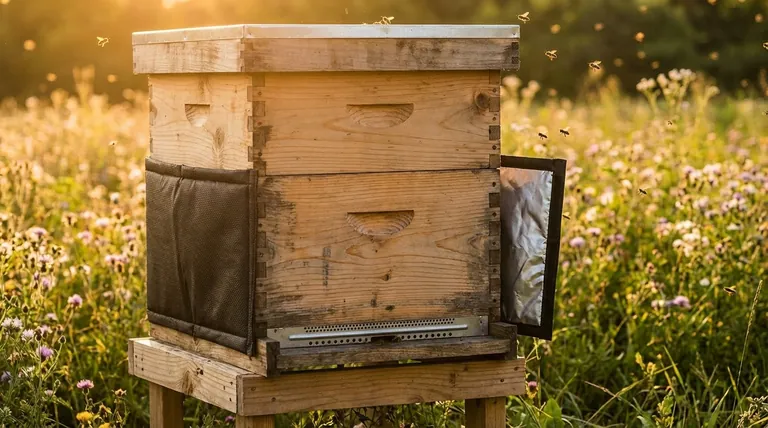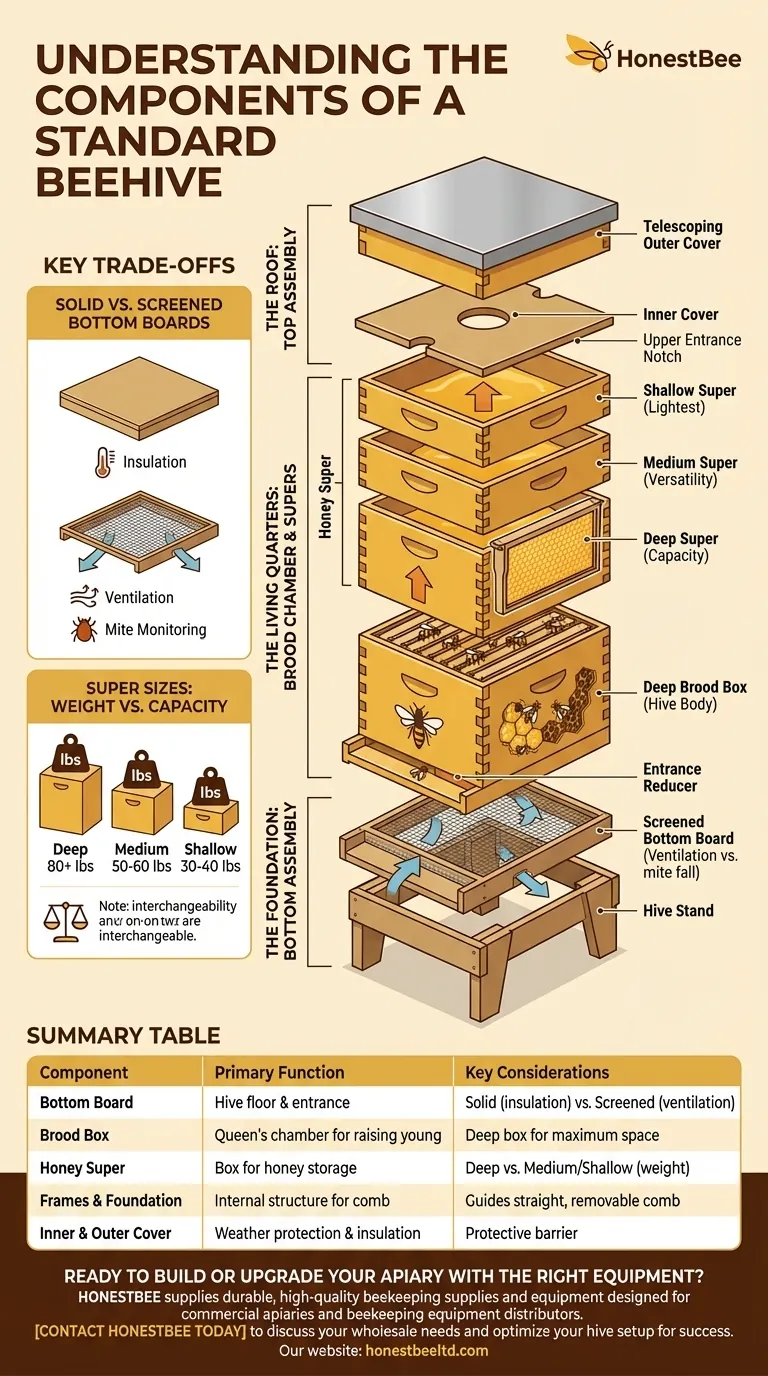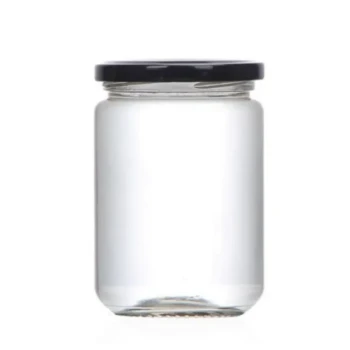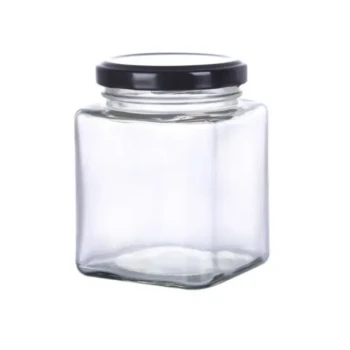At its core, a standard beehive is a modular system designed to house a honeybee colony while allowing a beekeeper access for inspection and harvesting. The main components, stacked vertically, are a bottom board, one or more hive bodies (brood boxes), several honey supers, an inner cover, and a telescoping outer cover. Inside the boxes, removable frames provide the structure for the bees to build their comb.
While it may look like a simple stack of wooden boxes, each component serves a distinct purpose. The key is understanding how the hive is organized to separate the queen's brood-rearing area from the colony's honey storage, which is the principle that makes modern beekeeping possible.

The Foundation: The Bottom Assembly
The hive's base provides an entrance, a floor, and separation from the ground. It is the colony's front door and foundation.
The Hive Stand
Though sometimes considered optional, a hive stand is a critical first piece. It elevates the hive off the damp ground, improving air circulation and protecting the wooden components from rot. It also makes the hive more difficult for pests like skunks to access.
The Bottom Board
This is the floor of the hive. It rests on the stand and provides a landing pad for foraging bees. Bottom boards come in two primary styles:
- Solid Bottom Board: A simple, solid piece of wood that completely encloses the bottom of the hive.
- Screened Bottom Board: Features a section of hardware cloth or screen that allows for ventilation and lets pests like Varroa mites fall out of the hive.
The Entrance Reducer
This is a small, cleat-like piece of wood with different-sized notches cut into it. Placed at the hive entrance on the bottom board, it helps the colony defend itself by shrinking the opening they need to guard. It is especially important for new or weak colonies and is also used to control ventilation during cold weather.
The Living Quarters: Brood Chamber and Supers
This is the central, expandable part of the hive where the bees live, raise their young, and store food. It consists of a series of stacked, interchangeable boxes.
The Brood Box (or Hive Body)
The brood box is the heart of the colony. This is where the queen lays her eggs and the colony raises its young bees (the brood). It's typically a deep box, the largest in the hive, to give the queen ample space. A thriving colony may require two brood boxes stacked on top of each other.
Honey Supers
Placed above the brood box, honey supers are the boxes designated for honey storage. The term "super" comes from the Latin for "above." While functionally just boxes like the hive body, their purpose is to be the colony's pantry. Beekeepers harvest honey from these boxes.
Honey supers come in three standard sizes:
- Deep: Identical to a brood box.
- Medium ('Illinois'): A popular, versatile size.
- Shallow: The lightest option when full of honey.
Frames and Foundation
Inside every brood box and super are frames. These wooden or plastic rectangles provide the essential internal structure of the hive. Each frame holds a sheet of foundation (typically made of beeswax or plastic), which is imprinted with a honeycomb pattern. This encourages the bees to build straight, orderly comb that can be easily removed for inspection or honey extraction.
The Roof: The Top Assembly
The top of the hive protects the colony from the elements and provides crucial insulation.
The Inner Cover
The inner cover sits directly on top of the uppermost super. It has a central hole that provides an upper entrance and exit for the bees. Its main purpose is to create a dead air space between it and the outer cover, providing insulation against heat and cold.
The Outer Cover (Telescoping Cover)
This is the final, weatherproof roof of the hive. It is called a "telescoping" cover because its sides extend down to fit over the top of the hive, protecting the joints from rain. It is often covered with metal for durability.
Understanding the Key Trade-offs
The modularity of a hive means you must make choices. Each decision involves a practical trade-off.
Solid vs. Screened Bottom Boards
A screened bottom board offers superior ventilation, which is crucial in hot climates, and allows you to monitor the level of Varroa mites in your colony. However, a solid board offers better insulation in very cold winters, though it can be prone to moisture buildup.
Super Sizes: Deep, Medium, or Shallow
The primary trade-off here is honey capacity versus weight. A full deep super can weigh over 80 pounds, making it difficult for many people to lift. A medium super weighs around 50-60 pounds, and a shallow super is the lightest at 30-40 pounds. Many beekeepers choose one uniform size (often mediums) for all their boxes to simplify management.
Making the Right Choice for Your Setup
Your equipment choices should reflect your physical abilities and beekeeping goals.
- If your primary focus is easy lifting and interchangeability: Use all medium-sized boxes for both the brood chamber and honey supers.
- If your primary focus is maximizing space for the queen: Use one or two deep boxes for the brood chamber and then lighter medium or shallow supers for honey.
- If your primary focus is mite management and ventilation: A screened bottom board is the superior choice for monitoring mite levels and promoting air circulation.
Understanding how each component serves the colony empowers you to manage your hive with confidence and purpose.
Summary Table:
| Component | Primary Function | Key Considerations |
|---|---|---|
| Bottom Board | Hive floor & entrance | Solid (insulation) vs. Screened (ventilation/mite control) |
| Brood Box | Queen's chamber for raising young | Typically a deep box for maximum space |
| Honey Super | Box for honey storage | Size choice: Deep (capacity) vs. Medium/Shallow (weight) |
| Frames & Foundation | Internal structure for comb | Guides bees to build straight, removable comb |
| Inner & Outer Cover | Weather protection & insulation | Creates a protective barrier from the elements |
Ready to build or upgrade your apiary with the right equipment?
HONESTBEE supplies durable, high-quality beekeeping supplies and equipment designed for the demands of commercial apiaries and beekeeping equipment distributors. Our wholesale-focused operations ensure you get the reliable components you need—from robust bottom boards to interchangeable supers—to support a thriving colony and efficient honey production.
Contact HONESTBEE today to discuss your wholesale needs and optimize your hive setup for success.
Visual Guide

Related Products
- Professional Insulated Winter Hive Wrap for Beekeeping
- Multi-Functional Sliding Hive Entrance for Beekeeping
- Multi-Functional Rotary Hive Entrance Disc for Beekeeping
- Professional Engraved Round Hive Number Tags for Beekeeping
- Black Plastic Beetle Barn Hive Beetle Trap for Beehives
People Also Ask
- What are the benefits of insulated beehives in cold weather? Boost Winter Survival & Spring Productivity
- What is the advantage of an insulated outer cover? Boost Winter Survival & Spring Buildup
- Why is insulation important for hives during winter? Ensure Your Bees Survive and Thrive
- Why is it important to insulate beehives during winter? Boost Your Colony's Survival Rate
- What are the steps to properly wrap a beehive for winter? Ensure Your Colony Survives the Cold



















